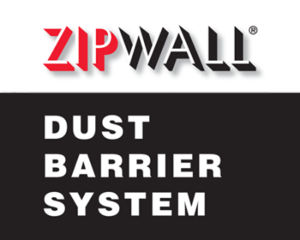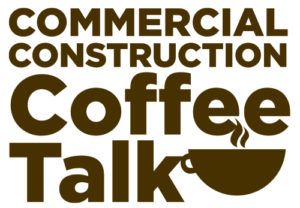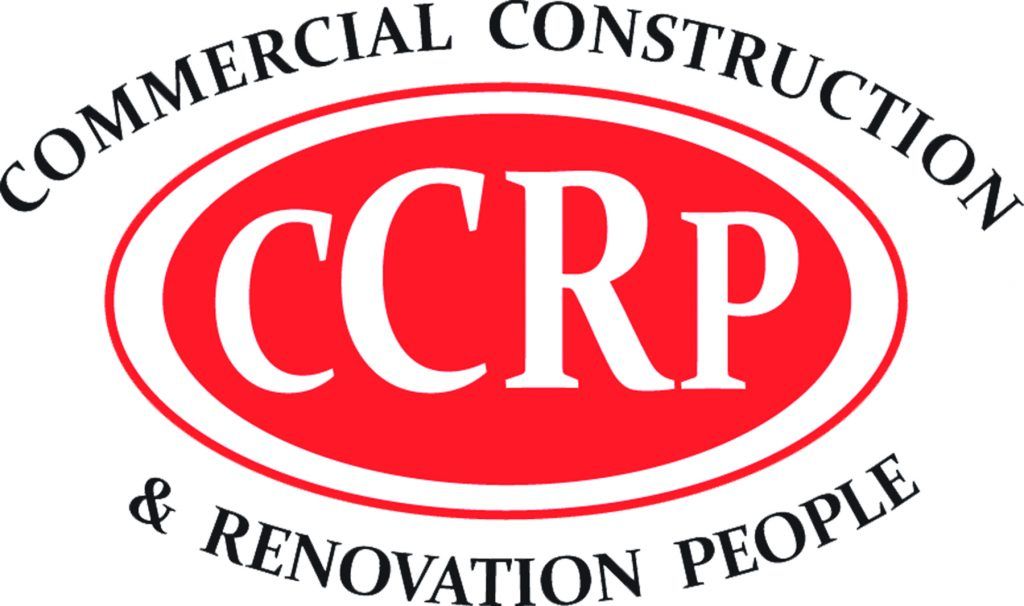Planning a renovation in Georgia in 2025? The cost of labor and materials in the state continues to rise, while the demand for home improvement remains strong. Homeowners are looking not only for trusted contractors but also for ways to optimize the budget. In this article, we will examine the average cost of home remodel and refurbishment, compile a home renovation price guide, and explain how to get financing if funds are lacking. So, how much does it cost to remodel a house?
Why Is a Detailed Price Guide Necessary?
Before updating the kitchen, bathroom, or completely rebuilding the house, it is important to understand how much each category of work costs. An incorrect budget estimate leads to a project stop or an increase in the debt load. A home renovation price guide helps to:
- Build a strategy and determine the key aspects of the future renovation
- Calculate remodel costs per square foot
- Avoid overpayments and unnecessary expenses
Georgia Renovation Market Trends In 2025
In 2025, the renovation market in Georgia shows stable growth. The average cost of major renovations has increased by 12–15% compared to 2023, as indicated by statistics from real estate websites such as buyatlhomes.com and others.
There are several key reasons, from rising prices of building materials (especially finishing ones) — which is only the tip of the iceberg — to increasing demand for design solutions. The shortage of qualified specialists plays a role, too, as it creates unhealthy competition. Expert workers greatly inflate prices. Also, growing demand for energy-efficient solutions makes renovation several times more expensive.
As the prices rise people cannot always pay for the entire range of work out of their own pockets. As a result, Georgians are often forced to look for a reliable Georgian cash advance provider and other sources of financing to cover the costs of these projects.
How Much Does It Cost to Remodel a House In Georgia?
In 2025, homeowners in Georgia can expect to spend between $20,000 and $75,000 on a home renovation, depending on the size and scope of the project. On average, renovation costs range from $100 to $250 per square foot, covering everything from kitchen upgrades to complete structural overhauls. Here’s a more detailed price breakdown.
Overall price range
So, how much renovation can you do, for example, with a budget of $100,000? A full house renovation cost in 2025 is from $20,000 to $200,000 for a property with an area of about 2,000 sq. ft. The final amount depends on the chosen materials, the complexity of the project, as well as the location and the house itself.
Before forming and estimating a possible renovation budget, start by estimating the cost by neighborhood, building, square footage, and a specific set of tasks. Structure the information and prepare it in advance before meeting with contractors. Even at this stage, you can use a cost estimator to better understand what to expect and even save money with proper planning!
Cost Per Square Foot in 2025
When it comes to the costs, whether it’s a full overhaul or a smaller-scale update, the amount you spend can vary greatly. According to analysts, a budget-friendly home renovation costs around $45–$60 per square foot, while the premium segment starts at $120 per square foot.
Cost By Zones
Zones are also an important factor in renovations. Prices here vary just as much as they do when choosing materials or estimating costs for the entire property. Analysts have calculated the following approximate renovation costs for different rooms:
- Kitchen renovations typically range from $25,000 to $60,000
- Bedroom updates usually cost around $8,000–$20,000
This price variation is driven by the equipment required for installation, as well as the priority and complexity of the work.
If you choose a spot renovation, for example, of a separate room, the calculation will go specifically by sq. ft., materials, and labor costs. However, many people perform small cosmetic or technical tasks themselves, which reduces expenses. Just note that it’s not recommended to handle electrical wiring, sewage, or other complex systems without proper qualifications. Otherwise, this can lead to safety risks, potential damage, legal consequences, and increased total costs.
Factors Influencing Renovation Costs
From the moment a renovation begins until its completion, many cost components can change significantly. The most common factor is the price of building materials. Using premium brands can increase the budget by 30–40%, and in some cases even more — especially when ordering designer finishes or exclusive hardware. To reduce the risk of overspending, it’s best to create a detailed list of required materials and purchase them in advance, as market prices are often subject to seasonal fluctuations.
Urgency and timelines also play a major role. If the project doesn’t involve essential spaces (such as a bathroom or a child’s bedroom), it’s wise to allow for a more flexible schedule. Urgent jobs tend to cost 15–25% more on average, as they may require additional crews or work outside regular hours. Regional factors can also influence final costs. According to Realtor.com, renovations in Georgia’s cities and suburbs are on average 10–15% more expensive than in rural areas. This difference is linked not only to higher contractor rates but also to added logistics expenses, equipment rentals, and permitting fees.
Other important considerations include:
- Seasonality. During warmer months (May–September), demand for builders is higher, which drives prices up. In winter, many companies offer discounts.
- Project complexity. Structural changes, utility replacements, and work with non-standard architecture can significantly raise costs.
- Contractor choice. Well-established crews with strong reputations and portfolios may charge 20–30% more than independent contractors without large-scale project experience.
Thorough planning that accounts for all these factors will help minimize unexpected expenses and avoid situations where the budget suddenly doubles.
What Financing Options Are Available for Home Renovations?
There are many different loan and borrowing options available to help you start or continue home renovation in 2025. They may vary in terms of difficulty of obtaining, the amount of funds issued, and repayment periods. The most popular of them are listed below:
Personal Loan
This is an unsecured loan that allows you to borrow up to $50,000 for a period of 12 to 60 months. It can usually be obtained quickly, without collateral. Average annual interest rates range from 8% to 24–25%, depending on your credit profile and the loan term. This option is suitable for urgent needs of various sizes — for example, if you need to purchase consumables or cover larger unexpected expenses.
Home Equity Loan
This option allows you to receive a fixed amount secured by your home. Banks usually lend up to 85% of the home equity you own, with common amounts varying from $25,000 to $250,000. The repayment terms range from 5 to 30 years. The average market rate in 2025 is around 7% for borrowers with good credit history, and up to 11% for those with a fair score. While you can get a lower interest rate compared to personal loans, you can lose your house in case of default. Calculate your monthly payments in advance and assess your financial capacity before applying.
Home Equity Line of Credit (HELOC)
A HELOC allows you to withdraw funds as needed and pay interest only on the amount used. The average rate at the start of the year is 8–9%, with limits typically set at 60–85% of the home’s value minus the mortgage. The advantage of this option is its flexibility, while the downsides lie in its variable rate, which makes overall budgeting and planning more difficult.
Cash-Out Refinance
Cash-out refinance allows you to replace your current mortgage with a larger one, and receive the difference in cash. Banks typically allow you to cash out up to 80% of your home’s value (Loan-to-Value ratio). Rates in 2025 range from 6–7% to 8.5% for borrowers with high credit scores. Repayment terms are the same as a standard mortgage — from 15 to 30 years. This option is suitable for large-scale renovations but increases overall debt and leads to additional closing costs (on average, around 2–5% of the loan amount).
FHA 203(k)
This government-backed loan program allows you to combine the purchase and renovation of a home into a single loan. It differs from other options with a low down payment (from 3%), but it involves significantly more bureaucratic procedures and is mainly suitable for buyers who are purchasing a property and starting renovations at the same time. This makes it less versatile.
Why Do Renovation Prices Differ So Much?
Renovation costs can differ drastically under seemingly similar conditions within one state, city, or even street. But it’s not that simple, and the first thing to look at is the house itself.
There are many old buildings in Georgia that hide many pitfalls. So, starting the renovation of one section, you may encounter problems you didn’t even suspect. This may be wiring, plumbing, or other communications.
Based on this, you may face extra costs associated with inspections and obtaining zoning approvals. Moreover, prices, as well as other difficulties, can vary greatly even in neighboring houses.
How To Properly Allocate A Home Remodel Budget?
To stay within your budget, create a clear and strong financial plan. The optimal structure usually allocates 40–50% to materials, 30–35% to labor, and the remaining 20–25% to unexpected expenses and design supervision.
The next important step is to research costs and set a realistic budget. Find out prices at your nearest shop and clarify labor rates with contractors. You can also talk to friends working in the industry or neighbors who have recently completed renovations. This will help you reduce expenses and better structure your cost estimates.
The same applies when choosing materials — you are not limited to expensive furniture or cheap wallpaper. Your priorities are set by you. However, it’s best to consult with your workers or designer (if you are working with one) beforehand.
With a limited budget, consider prioritizing key zones. Start with the kitchen and bathroom, as they increase a property’s market value and directly impact living comfort. Finally, define your saving goals, explore alternative financing methods, or look for extra funding options.
How To Evaluate Return On Investment?
Renovation is primarily an investment in the future. According to Remodeling.hw.net, the kitchen and bathroom pay off the fastest, returning 55–70% of the cost when selling the house. Next comes the living room and bedrooms with children’s rooms. So if you are planning to change your place of residence in the future, you should first take care of these areas.
Therefore, to ensure the renovation is high-quality and pays off in the future, you should pay attention to various aspects before starting the work. First of all, it’s material selection — at least from the mid-price category. Next comes the investment in energy-efficient solutions (this will save money on utility bills). Make a cost breakdown for each stage to better understand the final value.
To Summarize
The renovation market in Georgia in 2025 is changing due to new design trends, buyer priorities, and a more balanced real estate market. At the same time, the complexity, urgency, materials, and type of renovation greatly affect the cost.
Service costs continue to rise, but with accurate calculations and access to credit tools, the project can be implemented stress-free. Study the home renovation price guide, compare offers, and remember: a quality renovation is not only about comfort, but also about increasing the value of your property.

























